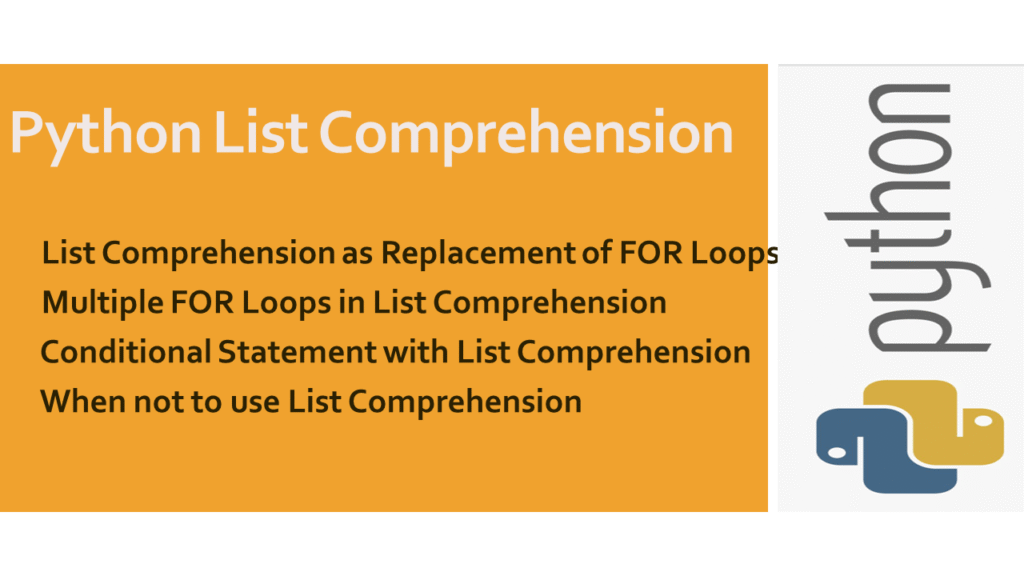
List comprehension in Python offers a concise and elegant way to create new lists based on existing iterables. It condenses the syntax of traditional loops and conditional statements into a single, readable line, making code more efficient and easier to understand. This technique is particularly useful when performing operations on each element of a list and generating a new list with the results. Understanding and utilizing list comprehension can significantly improve the efficiency and readability of your Python code.
Python List Comprehension Essentials
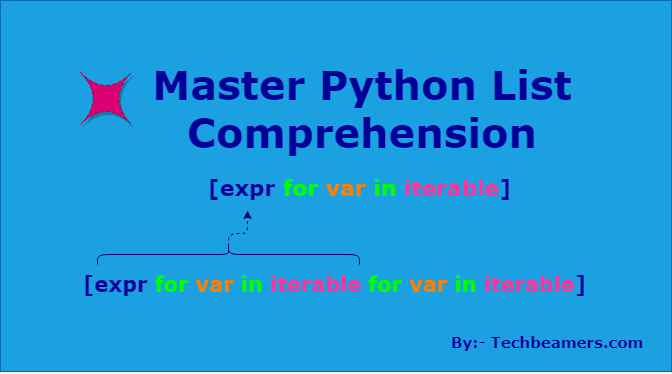
The fundamental principle of list comprehension lies in its ability to combine a loop and a conditional statement within square brackets. The basic syntax is as follows: `[expression for item in iterable if condition]`. The `expression` defines what transformation should be applied to each `item` in the `iterable`. The optional `if condition` filters the items based on a specific criterion. For instance, to create a list of squares of even numbers from a range, you can use: `[x**2 for x in range(10) if x % 2 == 0]`. This single line replaces several lines of traditional loop-based code.
Beyond basic usage, list comprehension can handle more complex scenarios. Nested list comprehensions allow you to process multi-dimensional data structures, such as lists of lists. Consider a scenario where you need to flatten a matrix (a list of lists) into a single list. Using a nested list comprehension, you can achieve this with ease. The outer loop iterates through each sublist, while the inner loop iterates through each element within that sublist. The resulting expression gathers all elements into a single flattened list. This approach is both concise and efficient, eliminating the need for cumbersome nested loops.
Furthermore, list comprehensions can be extended to include multiple conditions. You can combine multiple `if` statements to filter elements based on various criteria. For example, you might want to select numbers from a list that are both even and greater than 10. This can be accomplished by adding multiple `if` conditions within the list comprehension. The conditions are evaluated sequentially, ensuring that only elements meeting all specified criteria are included in the new list. This flexibility makes list comprehension a powerful tool for data manipulation and filtering.
Advanced Applications of List Comprehension
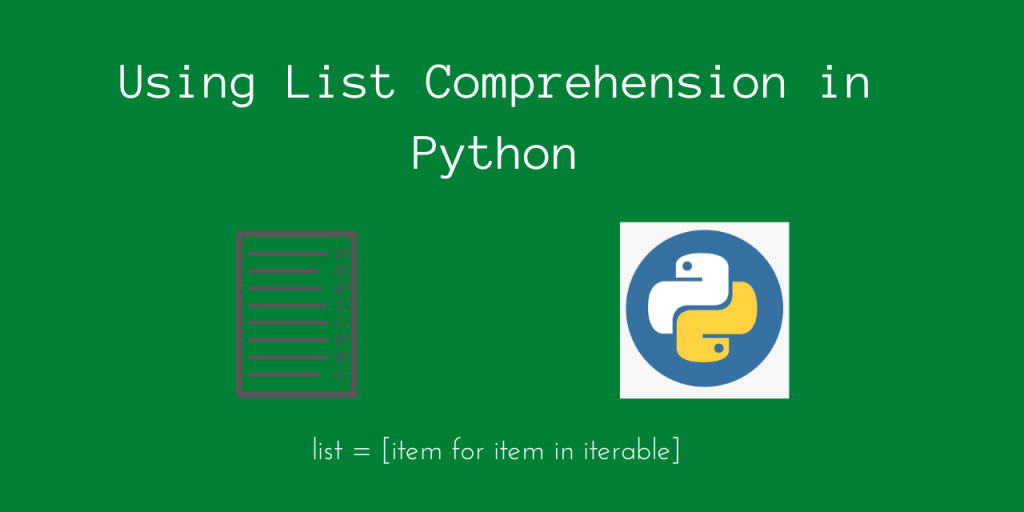
List comprehension isn’t limited to simple transformations; it can also handle complex data processing tasks. For instance, you can use it to create dictionaries, sets, and even generator expressions. When creating dictionaries, you can define key-value pairs within the list comprehension. Similarly, sets can be generated by enclosing the comprehension within curly braces “ instead of square brackets `[]`. Generator expressions are similar to list comprehensions but use parentheses `()` and produce an iterator rather than a list, which can be more memory-efficient when dealing with large datasets.
One crucial advantage of list comprehension is its performance compared to traditional loops. In many cases, list comprehensions are significantly faster than equivalent `for` loops, especially when dealing with large datasets. This is because list comprehensions are often optimized internally by the Python interpreter. However, it’s important to consider the readability of your code. While list comprehensions are concise, complex ones can become difficult to understand. In such cases, using a traditional `for` loop might be more appropriate to maintain code clarity.
When working with complex data structures or performing intricate transformations, it’s essential to strike a balance between conciseness and readability. Break down complex list comprehensions into smaller, more manageable parts. Use descriptive variable names to enhance understanding. Add comments to explain the purpose of each section of the comprehension. By following these best practices, you can leverage the power of list comprehension while ensuring that your code remains maintainable and easy to understand for other developers.
In conclusion, list comprehension is a powerful and versatile tool in Python for creating new lists from existing iterables. Its concise syntax and efficient performance make it an invaluable asset for data manipulation and processing. By understanding the fundamental principles and exploring advanced applications, you can significantly enhance the efficiency and readability of your Python code. Remember to prioritize code clarity and maintainability to ensure that your list comprehensions remain effective and understandable in the long run.
If you are looking for Using List Comprehension in Python – AskPython you’ve visit to the right web. We have 10 Pics about Using List Comprehension in Python – AskPython like Using List Comprehension in Python – AskPython, List Comprehension – Python Tutorial and also List Comprehension – Python Tutorial. Here you go:
Using List Comprehension In Python – AskPython

www.askpython.com
List Comprehension In Python Explained (Example) | How To Use

statisticsglobe.com
Python List Comprehension – Buff ML

buffml.com
Python List Comprehension – I-Sapna
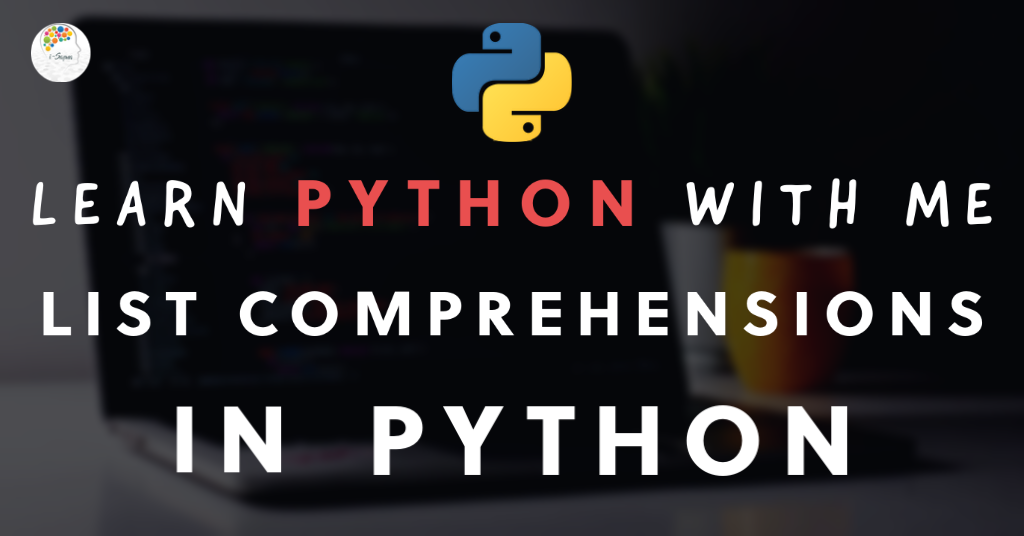
i-sapna.com
Python List Comprehension – TechBeamers

techbeamers.com
python comprehension list
When To Use A List Comprehension In Python – Real Python
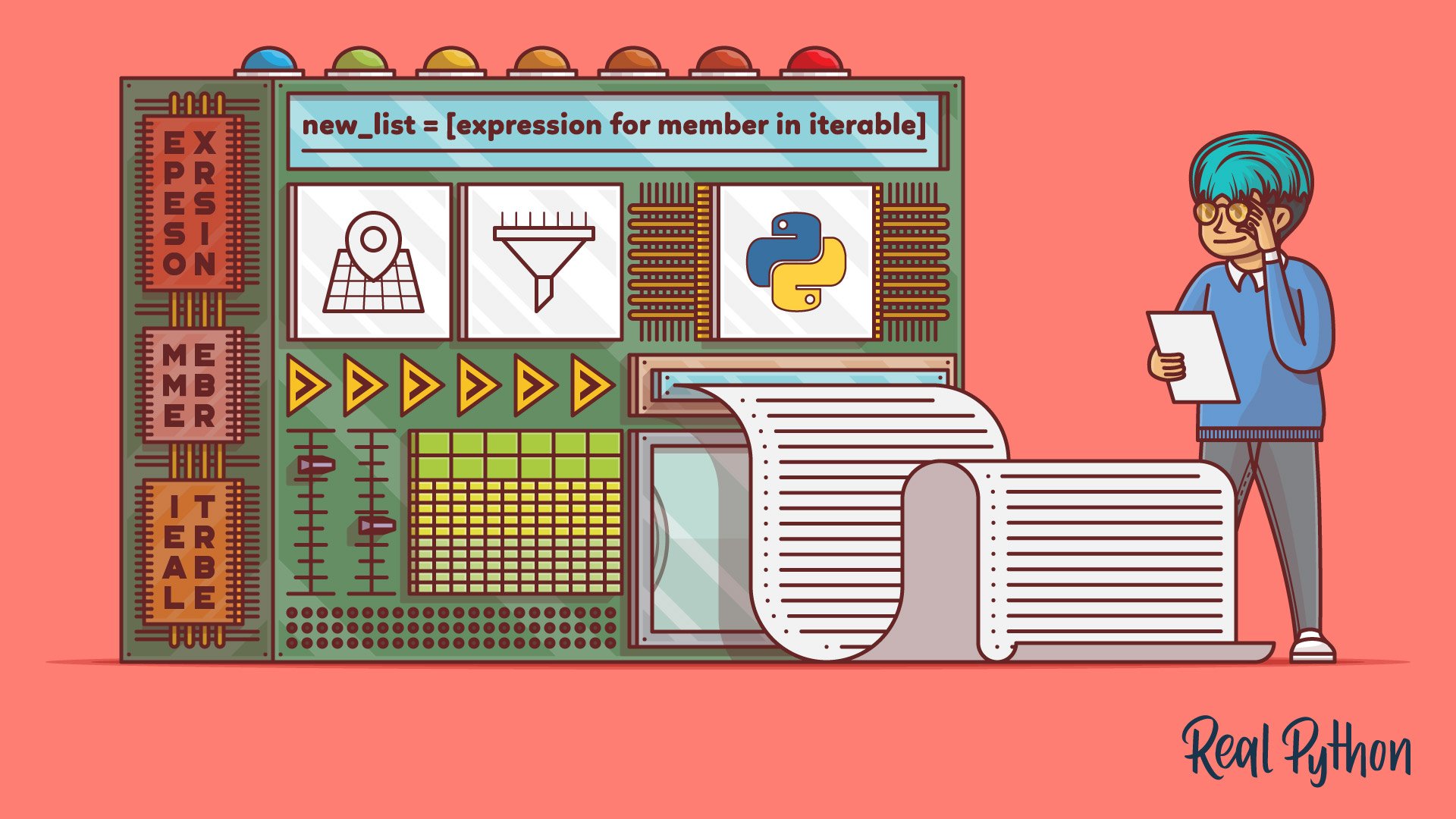
realpython.com
python list comprehension use comprehensions when real
Python List Comprehension – Spark By Examples
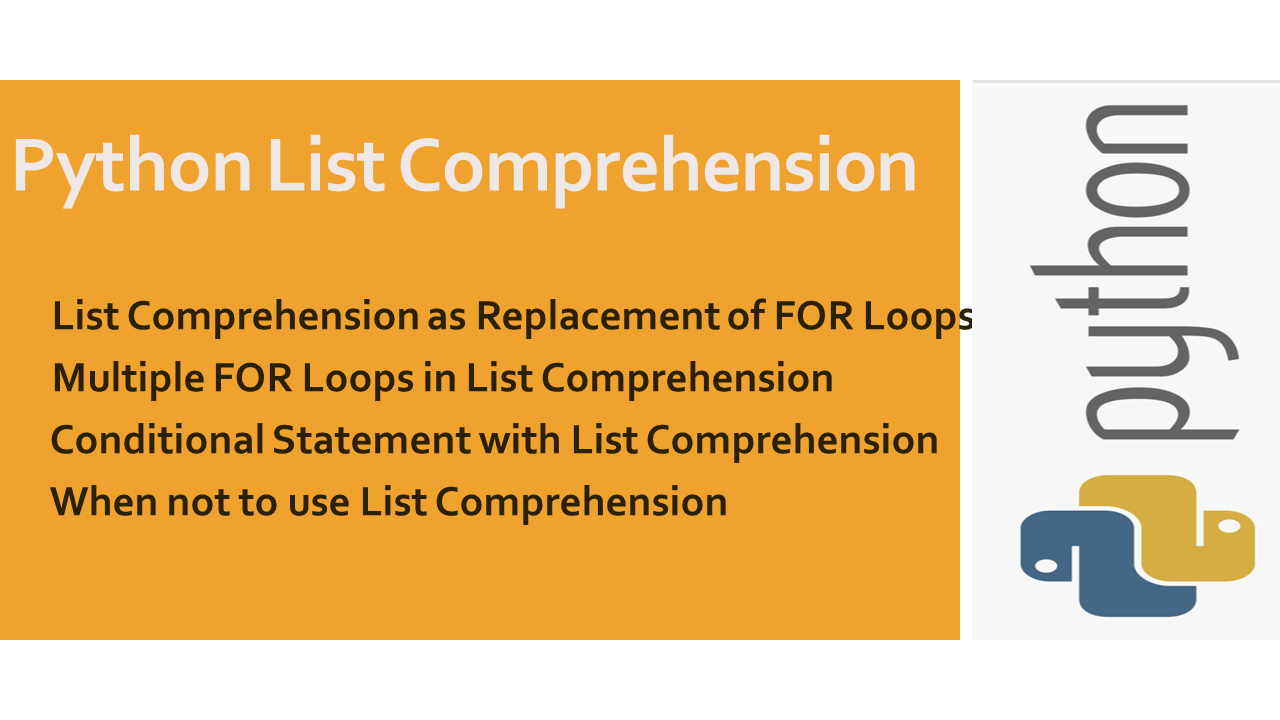
sparkbyexamples.com
Python List Comprehension – Pythoncodelab.com
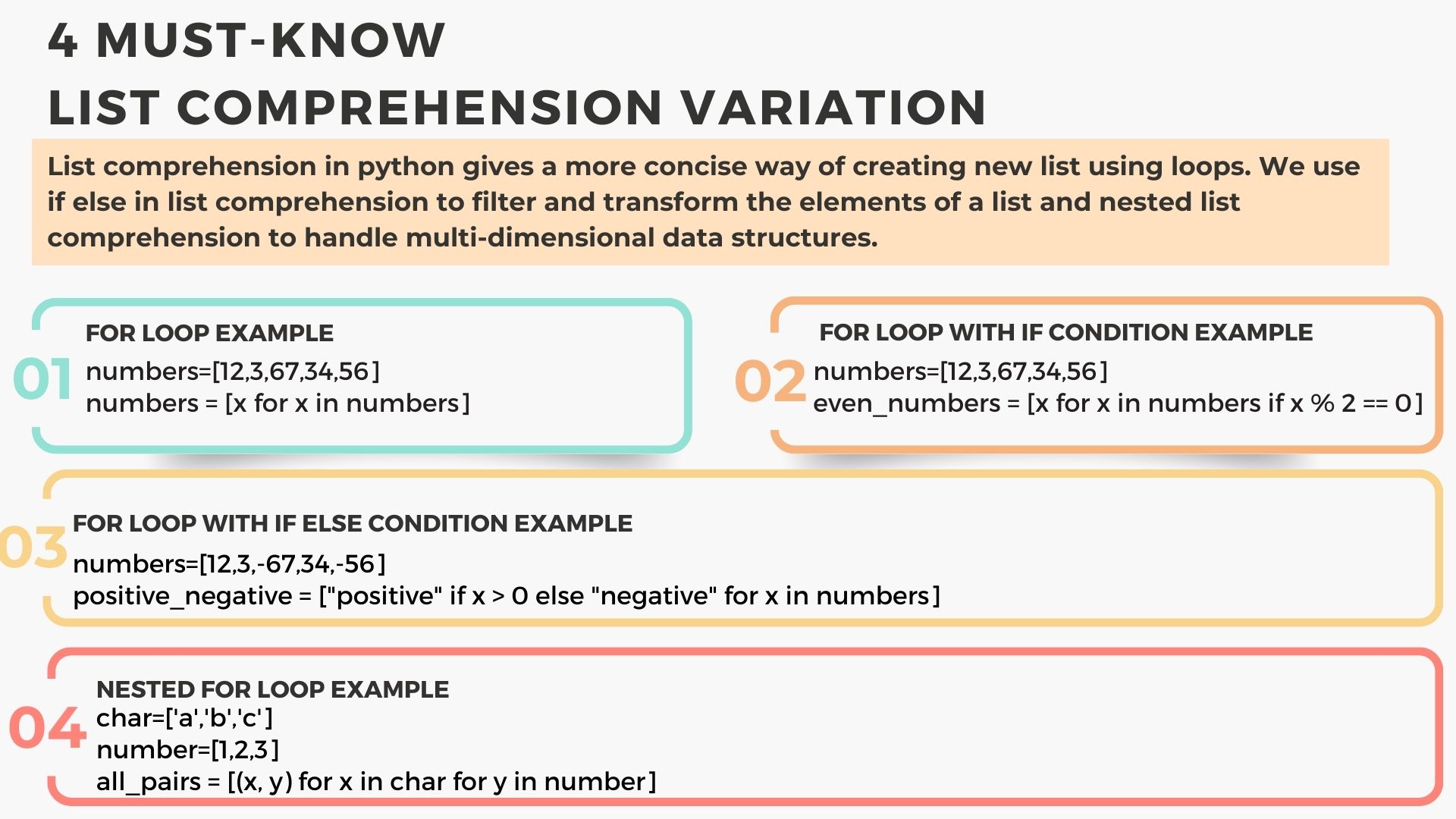
pythoncodelab.com
List Comprehension – Python Tutorial
www.instms.com
Python List Comprehension

gyanipandit.com
Python list comprehension. Python list comprehension. List comprehension
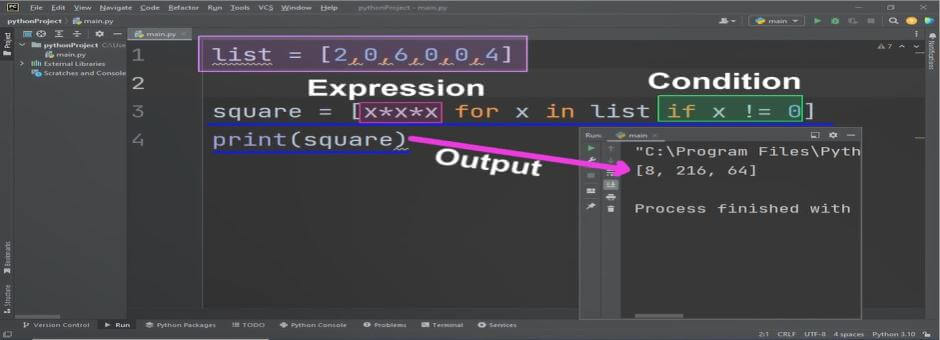


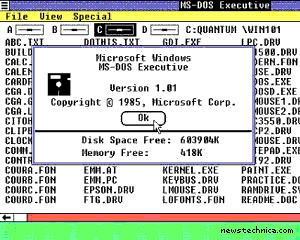




:max_bytes(150000):strip_icc()/008_how-to-factory-reset-a-lenovo-laptop-5115817-a67348722ce94f9783881ea29e596310.jpg)